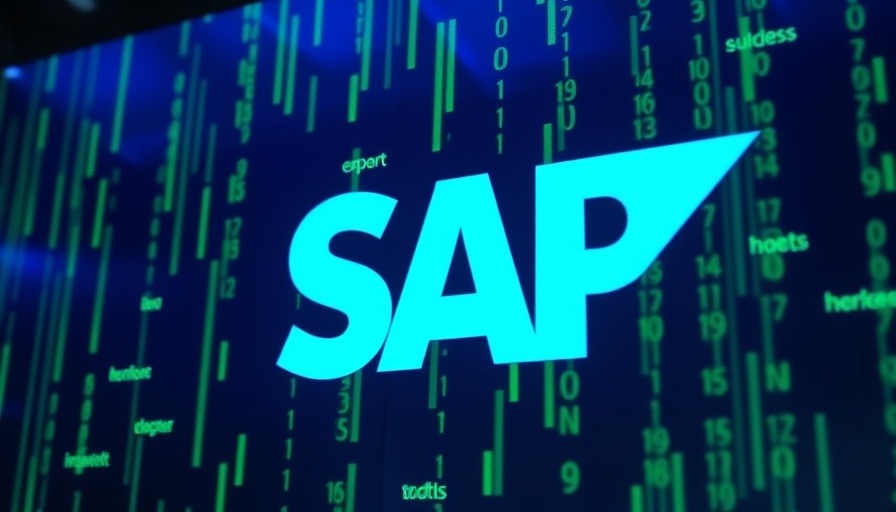
Critical Infrastructure Under Siege
The recent exploitation of CVE-2025-31324 has sent shockwaves across the cybersecurity landscape as multiple nation-state actors, particularly those linked to China, launch attacks on critical systems. Researchers from EclecticIQ report that this unauthenticated file upload vulnerability within SAP NetWeaver has led to breaches in 581 instances globally, impacting essential sectors including natural gas, water management, and medical device manufacturing.
Who Are the Threat Actors?
These attacks have been attributed to various Chinese Advanced Persistent Threat (APT) groups, denoted as UNC5221, UNC5174, and CL-STA-0048. Each of these groups employs different techniques to infiltrate networks and maintain access. Importantly, attacks target vital infrastructure, including government ministries in Saudi Arabia and utilities in the UK and US—areas where public safety and national security are greatly at risk.
Dangers of Remote Code Execution
The threat posed by remote code execution (RCE) vulnerabilities, like the one found in SAP, can't be overstated. With an RCE exploit, attackers can execute arbitrary code on a compromised system, effectively granting them control over network resources. This vulnerability allows for the deployment of malicious payloads, such as the Rust-based KrustyLoader or the Go-based VShell, which can further facilitate espionage or data theft.
Future Predictions: The Rise of Cyber Warfare
As governments invest in more internet-exposed technologies, the likelihood of such attacks only increases. Experts warn that the proliferation of cloud services and enterprise applications makes for appealing targets for cybercriminals. The implications stretch far beyond private sectors; successful compromises can disrupt public services, impacting health and safety on a large scale.
How Organizations Can Protect Themselves
To mitigate the risks associated with vulnerabilities like CVE-2025-31324, organizations must adopt a proactive cybersecurity posture. Regular system updates, employee training about phishing schemes, and strict access controls can significantly decrease the chances of a successful breach. Additionally, implementing comprehensive network monitoring tools can help detect suspicious activity early, potentially thwarting attacks before significant damage occurs.



Write A Comment